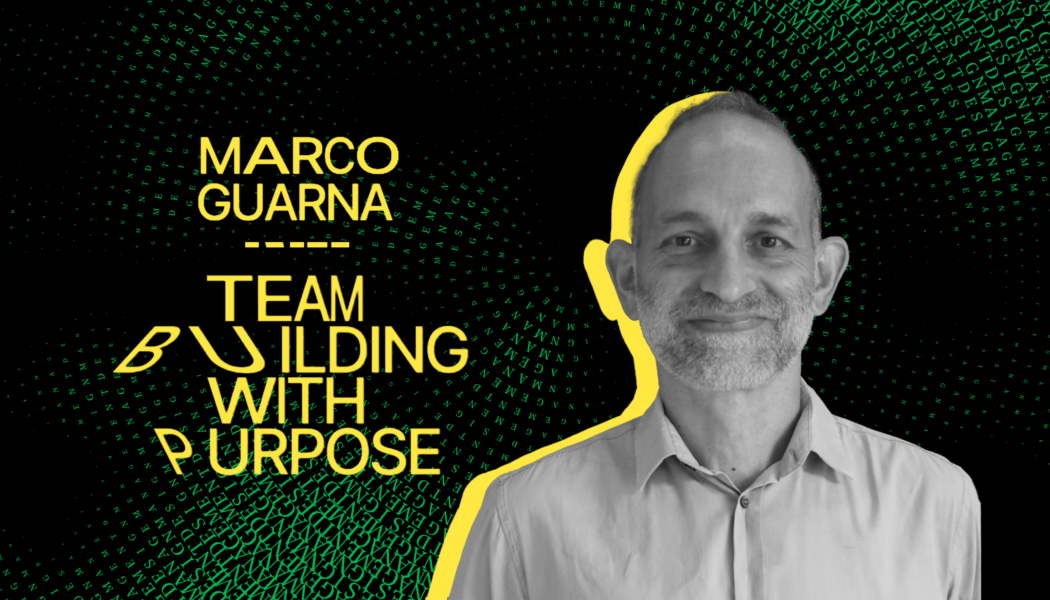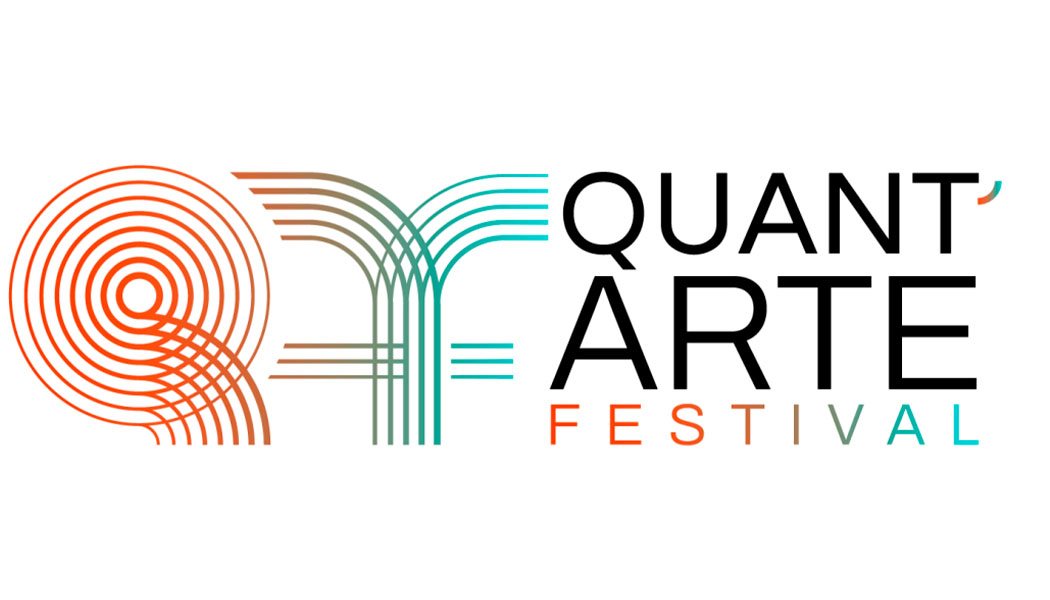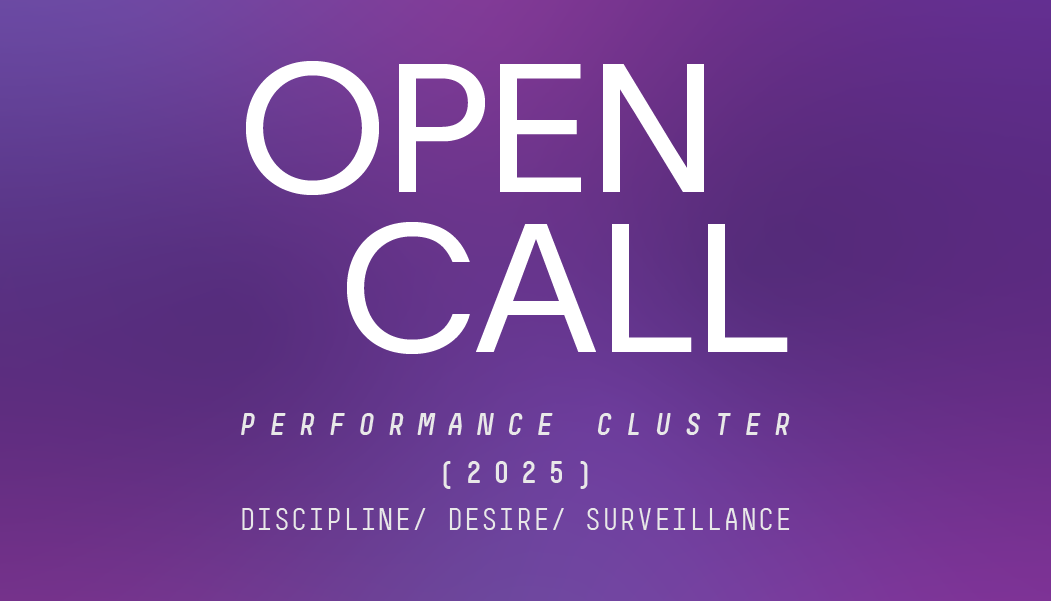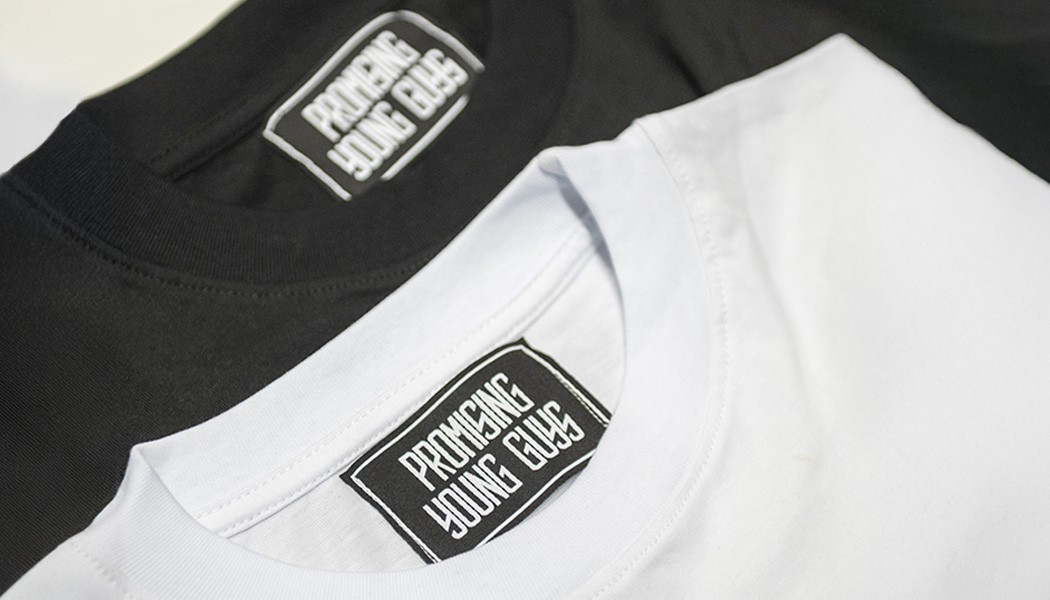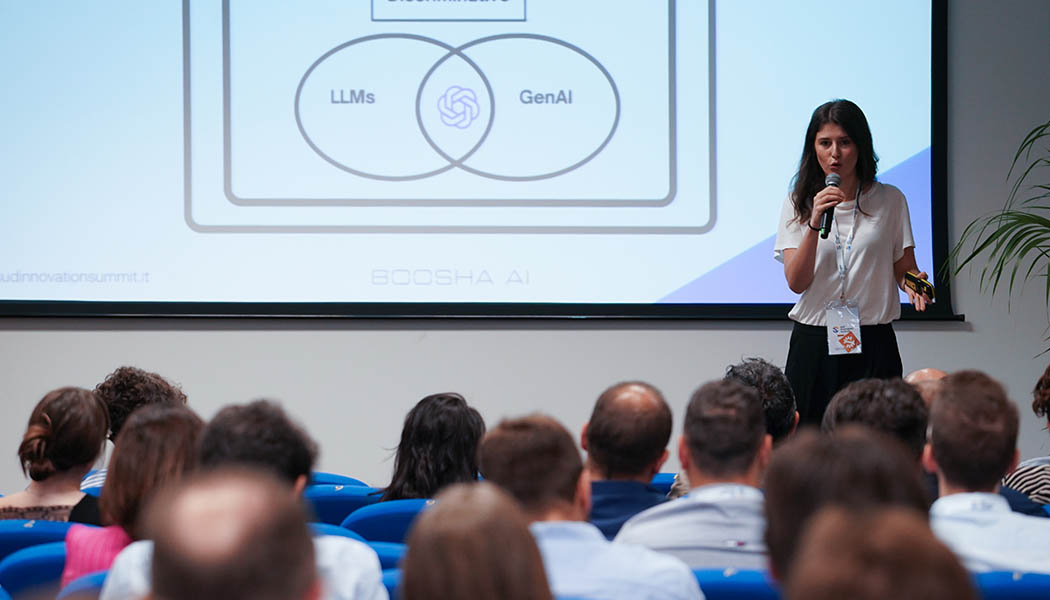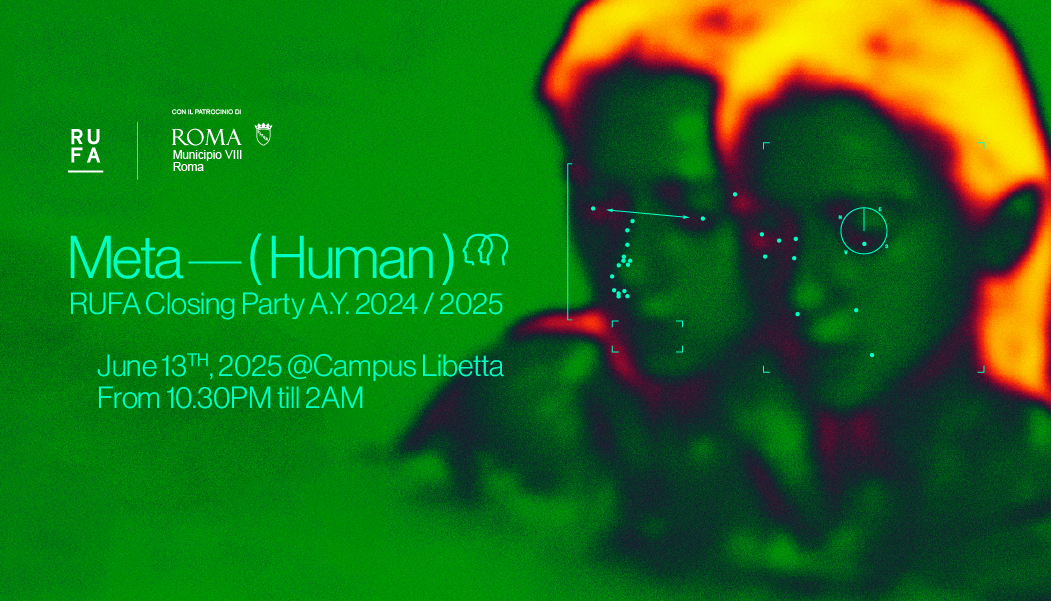A new appointment to discover the contents of the Master in Design Managament, coordinated by Francesca Gollo. This time we involved Marco Guarna, lecturer and Founder of Diatomea – Research Innovate Impact, to address one of the fundamental issues that concerns every company the creation of the working team.
Designing a high social and environmental impact purpose serves to make teams resilient.
There are issues, related to the best way to build and manage a team, that have accompanied me throughout my professional experience.
What are the factors to be considered and with what scale of priority? What are the real synergies and prevalence between the only partially overlapping and inextricably interdependent product/company/team objects?
In other words, in mentorship work, what is at the heart of the intervention? The selection? The assignment of roles? The development of a strong sense of engagement and belonging?
As I return cyclically to these questions, I realise that these are dynamic and constantly evolving areas and are therefore ambiguous and therefore rich in potential. Some elements are, however, established and are now important tools in my toolbox.
Let’s take, for example, the case of innovative entrepreneurship and therefore start-ups in the initial phase: before and immediately after incorporation (one of the phases I have worked on the most, in incubation programmes, acceleration, collaborative design workshops, etc.).
There are three macro-elements that come immediately into play, on which one must work carefully and make objective assessments. The idea, the market and the team.
It is counter-intuitive, but based on fact, that the element with the greatest potential for impact (positive or negative) is the team.
Meanwhile, as the importance of plurality, of the collective. The heroic narrative of the inventor, captain of enterprise, genius and loner is a bad narrative, resoundingly contradicted in every field: from scientific research, to technological innovation, to social innovation. But immediately afterwards because there are skills to be had necessarily within the team, which it is not enough to buy from the market in any of the possible ways.
In addition, there must be other and specific skills spread, i.e. present in each team member: a kind of cultural and value common ground, without which there is no synergetic action because there is no real communication.
Here, all founders, operational and non-operational, will have to share the company vision and live it with commitment, focus their efforts on what is essential, and deploy frank implementation skills.
The chief technology officer is the custodian of the development methodology; he must be able to instruct and coordinate the programmers and monitor progress.While the start-up CEO is primarily responsible for external communication, he or she must promptly detect tensions and problems in the team and have them addressed by the team. His operational skills also allow him to identify what is not working, communicate it honestly and stop it.
Therefore, it is necessary to have a shared culture, which also serves to build recognition of the start-up in all its expressions, and then specific role competences. PPsychometric, individual and team reagents can also be used to identify and assess them. This is not to line up candidates, in a vain search for more deserving individuals with exceptional characteristics (I believe that the concept of talent has created more harm than good in business practice, as well as in start-ups). Rather, the assessments serve well to tell us many things about the team members that would otherwise take us a long time to get to know and that we can then use as a basis for expanded discussions that will lead to shared decisions.
At a superordinate level, with respect to the dynamics of culture and competencies, is the element of motivation: namely, the distance or convergence between the motivations of the individual and those of the team.
The professional motivation (the reason that drives us to work) of the individual takes three main forms: motivation to money and economic advantage, motivation to status, motivation to purpose.
Each of us is generally driven by a combination of the three elements, but characterised by the more or less pronounced prevalence of one of the three. Researchers define purpose as the persistent intention to achieve a long-term goal that is both personally meaningful and achieves positive change in the world. Thus, the goals that activate purpose motivation are those that have the potential to change people’s lives (Brekley University, GGSC, 2020).
Well, several authoritative studies tell us that not only are 73 per cent of purpose-oriented individuals satisfied with their work, compared to only 64 per cent of those not purpose-oriented, but also that (what is of interest here) 58 per cent of companies with a clear and articulate purpose reported growth of more than 10 per cent, compared to only 42 per cent of those not putting purpose among their priorities (Beacon Institute, 2015).
For all that, I am convinced that, when building a team, devoting time and structured procedures to formalising not only the shared motivations, but precisely a common purpose that situates the team’s action vis-à-vis the communities, the environment, and society and places it in a medium/long-term time perspective is fundamental to having a dynamic and resilient team and for the start-up’s future prosperity.
